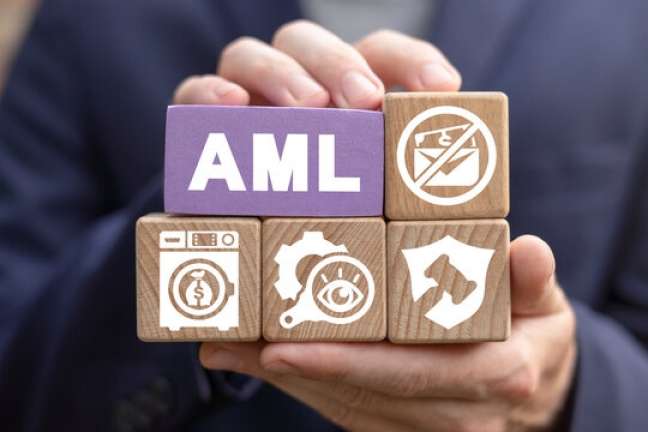Personal loan interest rates are not the only yardstick to calculate the cost of borrowing. There are other charges that, too, are applicable in the case of a personal loan. The Annual Percentage Rate (APR) is calculated to get a single figure to arrive at the cost of borrowing and consolidate all the borrowing expenses. APR, in percentage, is the total cost that you will bear during the year against your borrowings.
APR And Its Importance
While applying for a personal loan, we quickly take the interest rate offered and punch it in a personal loan EMI calculator to arrive at the EMI burden. However, the inflow to the lender is not just the interest portion, but also other charges like processing fees, insurance fee, administrative charges, and any other ancillary charges. APR considers all these costs and is always higher than the personal loan interest rates.
In short duration loans, the difference between the APR and the annual interest rate would be low, as the lender wouldn’t bill you highly for the other charges. However, in the case of long duration personal loans, such as a personal loan for education, mortgage loans etc. there is a bigger chance that administrative costs would be higher for the lender. Accordingly, these expenses will be passed on to you. As such, APR in such loans would be of greater significance for your cost of borrowing.
If you are planning to apply for a personal loan of medium or long duration, it is important to find out the APR for the same. While personal loan interest rates are well-publicized, most often, your lender may not readily provide you with the APR. While calculating the APR is not as easy as using a personal loan EMI calculator, you can calculate your loan’s APR using the APR formula.
How Is APR Calculated
To calculate the APR, you will need the rate of interest of the loan, the various loan fees, the loan amount, and the loan duration. The formula for APR is,
[{(Fees + Interest)/Principal Loan Amount}/n]x365X100,
Where Interest is the total interest to be paid on the loan, and n is the total tenure of the loan in days. For instance, for a five year loan, n will be 1825.
You can also use online APR calculator tools which ask for the information mentioned in the above APR formula and provide you with the rate. Using it is similar to the use of an online personal loan EMI calculator.
Read More: How Digital Certificates Are Helping Businesses Avoid Cyberattacks
Why Do APRs Differ
It is worth knowing that the APR would vary from one lender to another as the interest rate and charges are different in each case. Even within one lender, the APR would vary depending on the credit profile of the applicant.
Lenders often have a range of personal loan interest rates within which they offer their personal loans. Interestingly, the interest rate decreases with the impressiveness of the applicant’s profile. A person with a high-income flow, high credit score and strong documentation is more likely to get a lower rate of interest. Even the other loan charges may vary with the applicant’s credit history, credit repayment records, past transactions, income, and credit score.
Lastly, the APR will also vary for mathematical reasons. The amount of loan approved and the tenor of the loan will influence the final APR calculated.
Conclusion
If you have availed of a personal loan at a high APR, you can work towards improving your credit repayment record gradually. Thereafter, negotiation with your lender or an option like transfer of outstanding balance can help you lower your APR and also your overall cost of borrowing
Author Bio
Chetan Sharma is a good blogger and digital marketer by profession. He handles a network of multiple websites like Selina Concise & many others. He helps clients all over in the globe to achieve digital success.
















